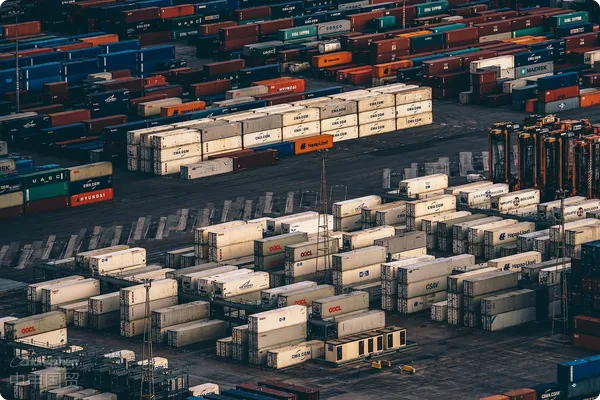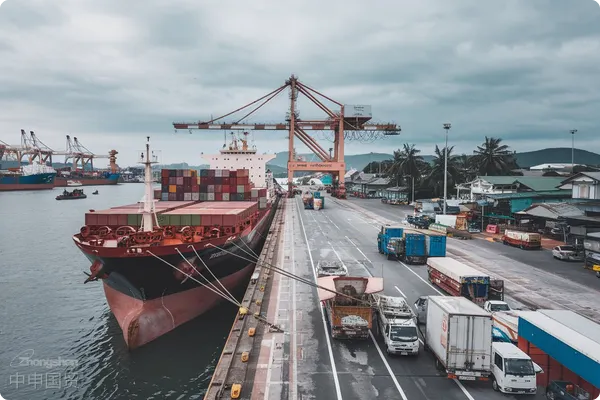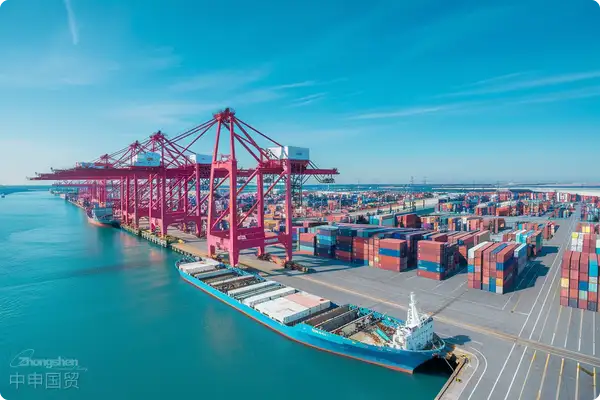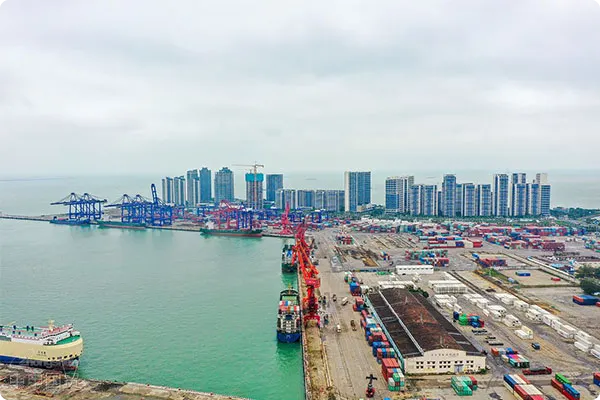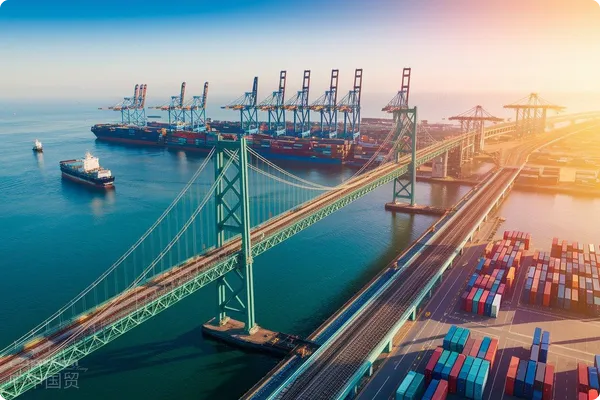- Shanghai Zhongshen International Trade Co., Ltd. - Two decades of trade agency expertise.
- Service Hotline: 139 1787 2118
In international trade, the choice of delivery method is related to the sharing of risks and costs of goods, which is of great significance to both buyers and sellers. Different delivery methods imply different rights, responsibilities, risks and cost - sharing. This article will deeply explore the characteristics, applications and matters needing attention in actual operation of the three delivery methods of FOB, CIF and CFR.
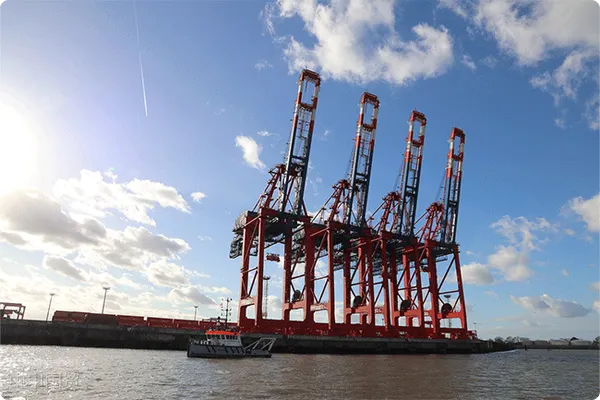
I. Core characteristics of the three delivery methods
Free on Board (FOB):Under this clause, when the goods cross the ships rail at the port of loading, the seller has fulfilled the delivery obligation and has the right to claim payment from the buyer. All risks and costs before crossing the ships rail are borne by the seller, and then transferred to the buyer.
Cost, Insurance and Freight (CIF):In addition to bearing the cost of delivering the goods to the designated port of destination, the seller also needs to pay for the transportation and insurance of the goods. All risks of the goods before delivery to the buyer at the ships rail of the port of loading are borne by the seller.
Cost and Freight (CFR):Similar to CIF, but the seller is only responsible for paying the cost of transporting the goods to the designated port of destination, excluding insurance. Similar to CIF, the risk is borne by the seller before delivery to the buyer at the ships rail of the port of loading.
II. Applications and variations of delivery methods
Particularities of container and roll - on/roll - off ship transportation:In container or roll - on/roll - off ship transportation, since the ships rail has no practical significance, the traditional FOB, CIF and CFR clauses need to be adjusted accordingly.
(a) FOB can be changed to FCA (Free Carrier)
(b) CFR can be changed to CPT (Carriage Paid To)
(c) CIF can be changed to CIP (Carriage and Insurance Paid To)
Responsibilities for export and import customs clearance:Regardless of which clause is chosen, the responsibility for export customs clearance is borne by the seller, whileImport Clearancethe responsibility is borne by the buyer.
III. Special interpretation of FOB by the United States
Different from the general international interpretation, the United States has its uniqueness in the definition of FOB. This is mainly reflected in:
(a) The scope of application of FOB is broader, not limited to ships.
(b) The division of risks is based on the ships hold, not the ships rail at the port of loading.
(c) In terms of costs, in addition to the cost of goods, the buyer also needs to pay the seller for the cost of providing export documents, export duties and other related costs.
IV. Conditional variations of FOB
In order to clarify how various costs during the loading process are shared, additional conditions are usually added after the FOB term. There are mainly the following types:
1、FOB Liner Terms:The seller delivers the goods to the designated vessel, and the loading costs are handled in accordance with the practice of liner shipping.
Cost sharing: Borne by the shipowner or the buyer. The seller does not need to pay loading - related costs.
2、FOB Under Tackle:The goods are delivered to the reach of the hook of the vessel designated by the buyer.
Cost sharing: The seller bears the cost of transporting the goods to the hook, and the buyer bears the cost of hoisting into the hold and other costs.
3、FOB Stowed:The goods are loaded into the hold, including stowage.
Cost sharing: The seller bears the cost of loading the goods into the hold and stowage, and the buyer bears other costs.
4、FOB Trimmed:The goods are loaded into the hold, including trimming.
Cost sharing: The seller bears the cost of loading the goods into the hold and trimming, and the buyer bears other costs.
IV. Which delivery method is actually safer to use?
1、Overall Advantage Analysis
Among numerous delivery methods, CIF or CFR is more beneficial to exporters compared to FOB. The specific reasons are as follows:
(1) Overall process coordination:Under the CIF condition, the seller arranges the sales, transportation, and insurance contracts in an overall manner to ensure the smooth connection of the entire operation process.
(2) Developing domestic industries:Choosing CIF helps support and develop the domestic shipping and insurance industries, thereby increasing service trade revenue.
2、FOB的潛在風(fēng)險(xiǎn)
Although FOB is a suitable choice in some situations, its potential risks cannot be ignored:
(1) Control of transportation rights:If the designated freight forwarder cannot book shipping space directly and needs to go through other professional route freight forwarders, the exporter will lose real control of the property rights during the transportation process.
(2) Extended capital turnover cycle:Due to the varying lengths of the voyage, FOB may lead to an extension of the time for collecting payment for goods, thus affecting the enterprises cash flow.
(3) Exchange rate risk:During the long - term payment collection cycle, exchange rate fluctuations may cause the enterprise to suffer exchange losses.
3、Suggestions and Conclusions
To ensure the safety and economic benefits of the transaction, enterprises should consider the following factors when choosing the delivery method:
(1) Total value of goods:For goods with a large value, choosing CIF or CFR can avoid risks during the transportation process.
(2) Payment time:Considering the payment time of the goods and exchange rate fluctuations, choose a delivery method that can shorten the time for collecting payment for goods.
(3) Coordination ability:Ensure that you have sufficient ability to coordinate the entire transaction process, including transportation and insurance.
When choosing the delivery method, enterprises need to comprehensively consider the nature of the goods, transportation methods, destination, and the negotiation results with both the buyer and the seller. The correct choice can minimize risks, save costs, and create greater benefits for both parties.
Related Recommendations
Knowledge Base
Contact Us
Email: service@sh-zhongshen.com
Related Recommendations
Contact via WeChat

? 2025. All Rights Reserved. 滬ICP備2023007705號(hào)-2  PSB Record: Shanghai No.31011502009912
PSB Record: Shanghai No.31011502009912
